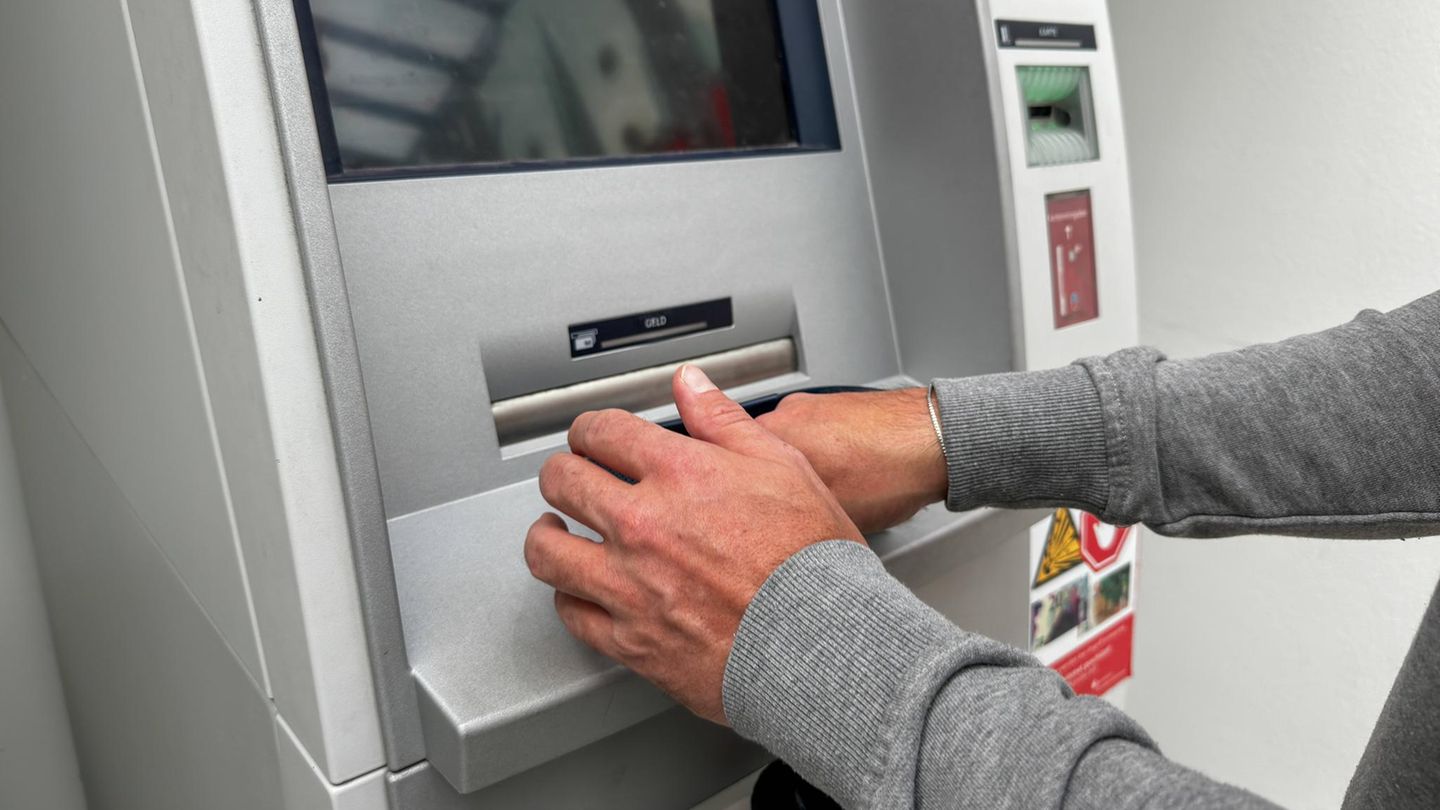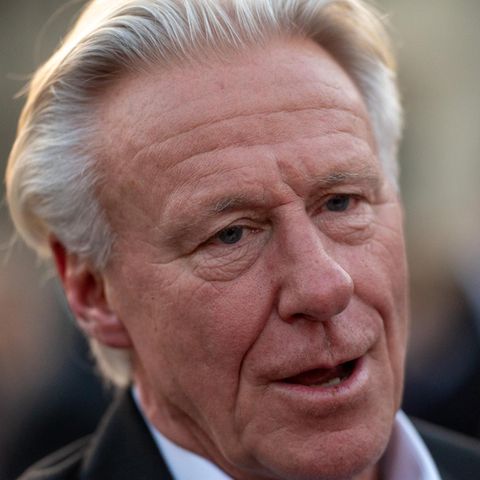Dealers and factories had to close in mid-2020. In the meantime, VW earns its fill again. According to CEO Diess, customers still have to be prepared for long delivery times and high prices.
Europe’s largest car manufacturer Volkswagen does not want to be thrown off course by the supply problems in the industry after a strong first half of the year.
CEO Herbert Diess is expecting continued stress from the shortage of chip components and from more expensive raw materials. Car prices could also continue to rise. The corona consequences should no longer fundamentally turn the Wolfsburg-based business upside down, said Diess in an interview with the news agencies dpa and dpa-AFX.
“So I am confident overall for the second half of the year,” said the 62-year-old, who recently received a contract for four more years at the top of the board. Possible new waves of infection will repeatedly lead to logistical challenges. He thinks the group is now well prepared. “We will certainly experience further restrictions,” emphasized Diess. The work to date shows, however, “that we can significantly defuse one or the other problem through a high level of commitment and save many cars with flexibility in production”.
With a view to the long waiting times for customers and the economic consequences of the supply crisis, the CEO said: “I assume that we will be able to catch up in the fourth quarter.” In the first half of the year, VW was unable to build a high six-digit number of cars as planned due to delivery bottlenecks for electronic chips.
A quick solution is not to be expected – because the shortage of semiconductors is likely to be sustainable because of the “Internet of Things” with many networked devices: “It is indeed difficult for us to get the delivery commitments for 2023/2024 for our needs.” But cars only made up around ten percent of the semiconductor market worldwide. “So that should be a manageable problem.”
The currently quite high acquisition costs for new cars would only have to do with the lack of chips to a limited extent. “The prices are less influenced by semiconductors,” said Diess. “But of course we have a sharp rise in raw material prices overall, from steel to many of our primary materials. And it will probably not be possible to absorb all of this. ” The following applies to car orders: “We would of course like to serve every customer request, and of course the delivery times that we currently have are too long.” An improvement could be expected in the fourth quarter.
In principle, the demand after the corona shock is back: “We have a good order backlog – as good as seldom before.” The demand for electric vehicles, which will also be boosted by purchase premiums until at least 2025, is also developing strongly.
“The initial investments in the small car segment are higher, yes,” admitted Diess with reference to new e-cars. “But we’re also working on an entry platform, the cars will come in 2025.” He estimates: “Due to the low electrical consumption costs, significantly lower maintenance costs and perhaps also lower insurance premiums, electromobility is cheaper than combustion-powered mobility.”
After taking office in 2018, Diess had put the electric drive at the center. According to him, the decisive factor is better charging options. State electrical premiums could be dispensable in the medium term – “maybe in a few years”. He demanded: “But then you also have to cut back the preference for fossil fuels.”
Diesel is still being subsidized by taxes in Germany. “Does that make sense at a time when we have plug-in hybrids that are just as efficient as diesel on long journeys, maybe even better?” Says Diess. “And we already have markets like Norway, where the combustion engine is so disadvantaged compared to the electric vehicle that electric vehicles are almost always bought.”
The world regions would have to be viewed in a differentiated manner. VW considers a blanket exit date for the combustion engine to make little sense, which some climate protectors criticize. “I do believe that we would do well, for example in Latin America – where there is a functioning, nationwide supply of bioethanol, for example – not even discussing a combustion engine phase-out date,” argued Diess. Poland, for example, with predominantly coal-fired electricity, is also in a different location than Spain or Norway with more green energies.
The VW Group is currently planning six battery cell plants for Europe in order to be able to meet the expected increase in demand. Diess did not want to comment on the chances of a second large factory in Germany besides Salzgitter: “We have a great political demand for investments in cell production – even in countries that are not yet so advanced with electrification.” That would be “an interesting competition”, but there was also “enough to distribute”.
Most recently, Diess set the VW strategy until 2030. After the change to electric drive, networking and software should play a major role, including in autonomous driving. It is possible that consumers will be able to buy completely self-driving cars – possibly also pay for the functions on a daily, hourly or kilometer basis. “First of all, test fleets and pilot operations are needed,” said Diess. “As soon as it is possible, it will probably not be too expensive.”
In the software area, VW wants to hire more experts in order to get more specialist knowledge in-house. For Diess, simply streamlining is not a value in itself: “What counts is transforming it into the new automotive world faster and more skillfully. And with the new strategy we are concentrating even more on scales and thus platforms for hardware and software, for batteries and charging and for services. “
Jane Stock is a technology author, who has written for 24 Hours World. She writes about the latest in technology news and trends, and is always on the lookout for new and innovative ways to improve his audience’s experience.




